AI
With GDPR, SOC-2 & ISO 27001,
Built On Blockchain & AWS
With Prediction Engine & Business Insights, Deployed In A Few Clicks
With Boosted Outputs, On A State-Of-The-Art No-Code AI Platform
With The World’s 1st & Only Fully Automated E2E Data Science Platform

WHO WE ARE
We enable you to build & deploy your AI models at hyper-speed.
Ours is the world’s first & only end-to-end platform for all your AI-powered innovation needs — right from data cleansing & structuring, to creating & deploying advanced data-science models, to infusing advanced analytics algorithms with a built-in Recommendation AI, to deducing the outcomes with easy to deduce visualization dashboards, as well as Explainable AI to backtrack how the outcomes were derived — our no-code AI platform can do it all!
Our platform offers an holistic, seamless data-science experience. With key features like a robust Data Lakehouse, a unique AI Studio, a comprehensive AI Marketplace, and a world-class data-science support team (on need basis), FutureAnalytica is geared to reduce your time, efforts & costs across your data-science & AI journey.
OUR MISSION
Accelerate the adoption & transition of AI in the world, for a better world.
OUR VISION
Be the world's AI platform — turning all data into business insights, lightning fast!
How's your AI doing?
Talk to our experts today and see how we can help you
expedite your data-to-insights journey with AI.
Top Industry Issues Our AI Can Solve,
Faster & Easier
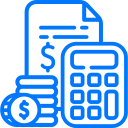
Banking/Finance
Top Issues AI can solve in Banking/Financial
● Fraud Detection
● Credit Risk Analysis
● Recovery Prediction
● Underwriting Optimization
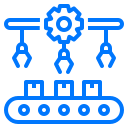
Manufacturing
Top Issues AI can solve in Manufacturing
● Supply Chain Optimization
● Process Automation
● Anomaly/Fault Detection
● Predictive Maintenance
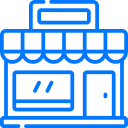
Retail/e-Commerce
Top Issues AI can solve in Retail/e-Commerce
● Product/Sales Forecasts
● Behavior Segmentation
● Product Recommendation
● Customer Loyalty Analytics

Healthcare
Top Issues AI can solve in Healthcare
● Patient Experience
● Payment Propensity
● Predict Stay Duration
● Predict Claims/Denials

Telecom
Top Issues AI can solve in Telecom
● Predict Churn
● Network Optimization
● Predict Equipment Failures
Achieve Visible ROI for your AI
in Weeks, not Years!
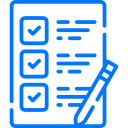
Technology Assessment
Initiate discussions with the leadership, followed by a quick technology assessment in 1–3 days.
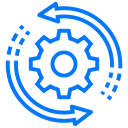
Production Trial
Build ready-to-integrate AI solutions using FA's fully automated data science & AI platform in 10–18 days.

Business Integration
Integrate AI models with business and manage real-time results with advanced MLOps, in 7–15 days.